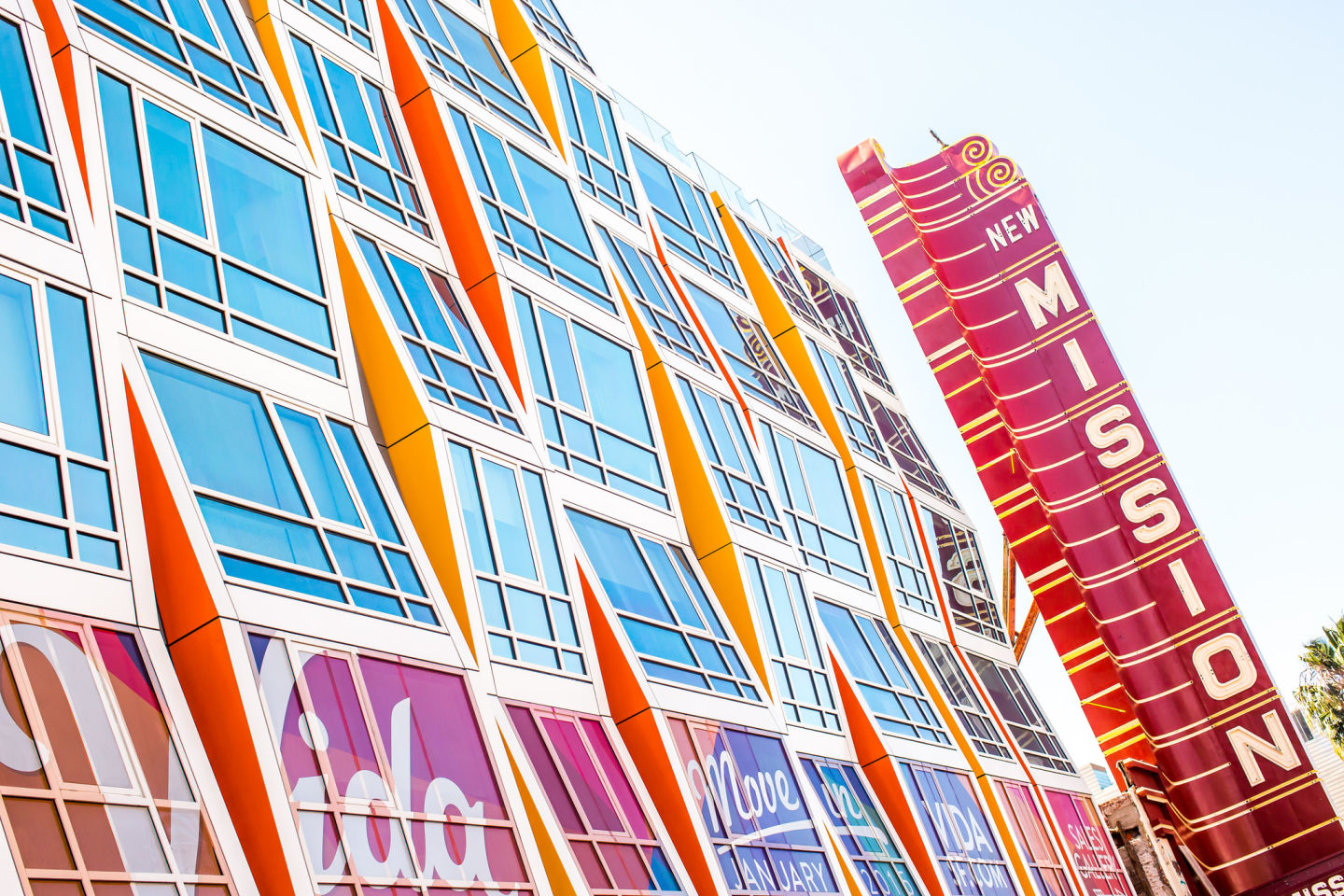For most of this year, a battle has been brewing over the proposed "Mission Moratorium" and how to address a shortage of affordable places to live in the neighborhood that's been called ground zero for San Francisco's housing crisis.
Supervisor David Campos, who represents the Mission District, first publicly floated the idea of halting market-rate residential construction in May. His legislation fell two votes short of a nine-vote supermajority it needed to pass the Board of Supervisors in June. But by that time, a coalition of community groups was already crafting what would become Proposition I.
The measure's language is deceptively simple: If Prop. I passes, the city would not issue permits for 18 months in the Mission for either new market-rate housing developments (what Prop. I supporters call "luxury housing") or renovations of buildings containing five or more units. It would also halt demolition, renovation or conversion of certain industrial businesses zoned as production, distribution and repair. The measure would allow the Board of Supervisors, by a majority vote, to extend the development halt for an additional year.
It also requires the city to create a comprehensive housing plan by early 2017 that would ensure at least half of all new housing in the Mission be affordable for low-, moderate- and middle-income earners.
The proposition's implications, however, are somewhat complex and involve the soft science of economics and the fluid housing market.
Supporters and opponents agree that the Mission District has been ravaged by San Francisco's housing crisis. Long-term residents of the neighborhood have been priced out in droves, to the point that Latino residents no longer make up a majority of the population. A report released Tuesday by the city's budget and legislative analyst projects that, if current trends continue, Latinos will make up less than a third of Mission District residents in 2025.
